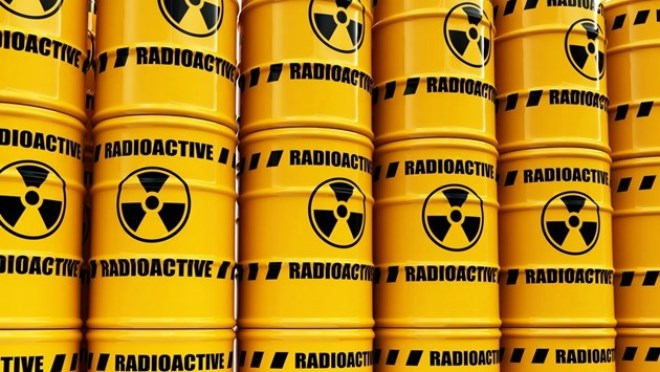HORNEPAYNE, Ont. — Hornepayne First Nation wants to know why it was excluded from the list of Indigenous communities and other communities receiving funding from the Nuclear Waste Management Organization.
NWMO says it's because the First Nation declined to take part in the program which the funding recipients participated in.
Last week, NWMO announced it was no longer considering the Hornepayne and Manitouwadge areas for a possible underground nuclear waste disposal site.
At the same time, it said the municipalities and Indigenous communities it had been working with in the vicinity of Hornepayne and Manitouwadge during the study process would be rewarded with one-time community well-being investments.
|
Communities no longer in the site selection process |
Well-being investment |
|
Constance Lake First Nation |
$700,000 |
|
Hornepayne |
$700,000 |
|
Manitouwadge |
$700,000 |
|
Neighbouring and surrounding communities no longer in the site selection process |
Well-being investment |
|
Chapleau Cree First Nation |
$350,000 |
|
Ginoogaming First Nation |
$350,000 |
|
Missanabie Cree First Nation |
$350,000 |
|
Communities no longer in the site selection process that exited in 2017, but continued as a neighbouring community |
Well-being investment |
|
White River |
$600,000 |
|
Recently engaged communities |
Well-being investment |
|
Long Lake #58 First Nation |
$200,000 |
|
Indigenous organizations |
Well-being investment |
|
Red Sky Métis Independent Nation |
$200,000 |
Hornepayne First Nation is within the boundaries of the Township of Hornepayne.
It is not a reserve, but states on its website that it is "recognized as a native community by Nishnawbe Aski Nation," and is currently pursuing separate band status and a land base.
After the NWMO's funding announcement, Chief Ron Kocsis issued a statement questioning how the organization can justify excluding Hornepayne First Nation from the well-being fund "as the Hornepayne First Nation is the host First Nation in the area."
Kocsis also alleged in his statement that NWMO had failed to respect Indigenous gravesites in planning for proposed exploratory borehole drilling.
He charged that NWMO deliberately ignored the burial sites brought to its attention before applying for a provincial permit to start drilling.
"The NWMO must act as a 'Good Corporate Citizen,' not as 'Corporate Criminals,' " Kocsis said.
However, the evaluation process in the Hornepayne area never proceeded to actual borehole drilling.
In a statement, NWMO spokesperson Bradley Hammond said the one-time investment program is for municipal and Indigenous communities that had participated in the site evaluation process as active participants in its Learn More program.
Hammond said "to our disappointment, Hornepayne First Nation Inc was not interested in learning more about our project and as such did not have an active Learn More agreement. While the NWMO offered to meet to discuss the Learn More program, they declined to meet with us to discuss any aspect of the project."
UPDATE:
On Wednesday, Chief Kocsis issued a new statement in rebuttal to NWMO.
He said HFN was initially involved in the Learn More initiative, but after a community election in July 2014, "the NWMO refused to engage in a meaningful two-way dialogue with HFN."
Kocsis also alleged that NWMO had "ignored" HFN Elders and other community members who wanted their concerns heard.
Hammond confirmed that a Learn More agreement with NWMO was in effect until 2014, but "the agreement lapsed that same year, and there has not been an active Learn More agreement since that time."
He added that it was important to note that communities participating in Learn More did not commit themselves to supporting nuclear waste disposal in their areas.
"Rather, it was a shared commitment to direct a program of learning and exploration, to see how the project may align with local visions and values," Hammond said.
NWMO is now considering only the Ignace area, the Township of Huron-Kinloss, and the Municipality of South Bruce for a nuclear waste storage site.
